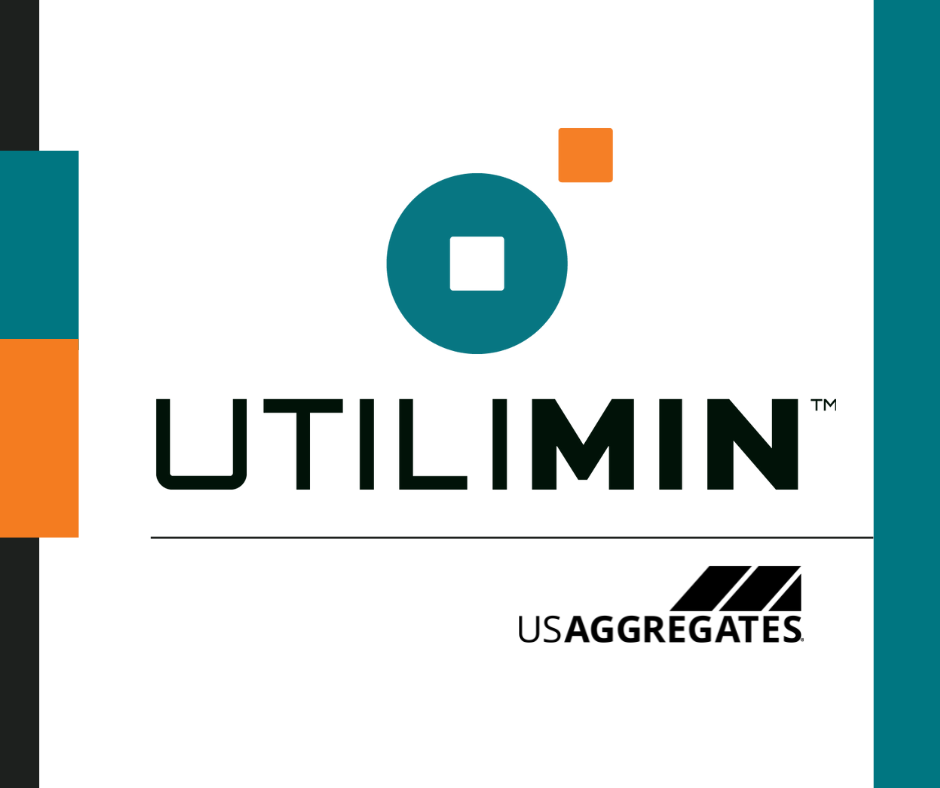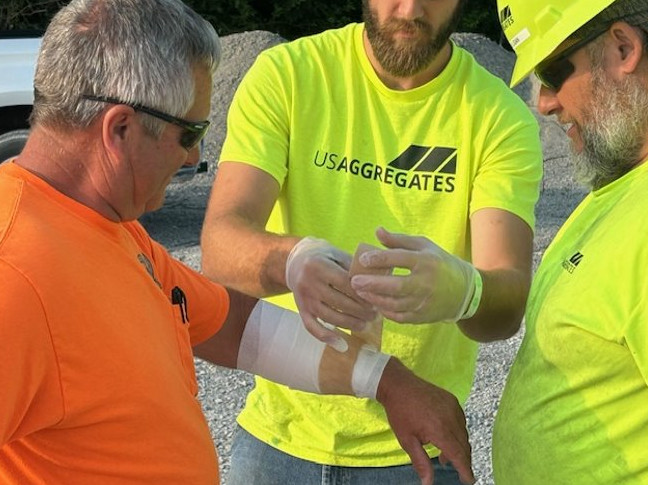
In 2024, US Aggregates’ plants participated in Emergency Action Drills (EADs) to help their teams get hands-on experience in emergency crisis management. The drills put our workers in real life scenarios that could take place on site. Our drills allow team members to test their knowledge of safety protocols and reflect on areas of improvement as a team. Doing this ensures our crew members are equipped with the knowledge and skills necessary to handle an emergency safely.
Safety and Health Representative Shayla Meinders says drills incorporating emergency personnel and contractors have the greatest impact on our teams. “Actively performing these Emergency Action Plan (EAP) steps is how we learn and identify gaps that can make the process easier in real life situation,” Shayla explained.
Please be advised that all EAD’s at our plants are strictly for educational purposes and are simulated. At no point are any crew members put in dangerous situations, and all measures are taken to ensure the safety and well-being of everyone involved. Any injuries or scenarios are simulated using fake blood.
243
243’s EAD simulated a crew member tripping over something out of place and falling down the shop stairs. The crew member was unconscious and had a fake compound fracture on their leg.
After the drill, the crew upgraded their stretcher straps, agreed yard loaders would be responsible for directing emergency responders and implemented the emergency phrase (Stand down we have an emergency) for future scenarios.
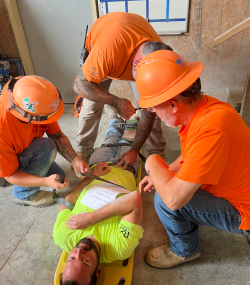
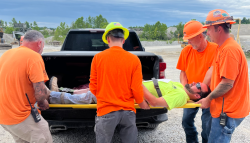
Columbus
Columbus’ EAD simulated a tire rupturing while fueling. The victim’s arm was blown off, and he was breathing but unresponsive. The plant also moved through the EAD as though the plant manager and leadman were off property to see how the team would react.
The crew learned to move victims when appropriate. In this case, there was a risk of fuel leaking and another tire explosion. The team also plans to assign crew members secondary tasks to account for if someone is not at work.
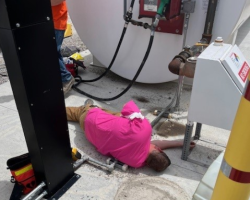
Crawfordsville
Crawfordsville’s EAD simulated an employee having a panic attack and getting their haul truck stuck due to a berm giving away.
The crew upgraded a faulty radio for future emergencies after the drill. They also agreed getting the victim to safety is the #1 priority and encouraged each other to always call for help no matter the situation.
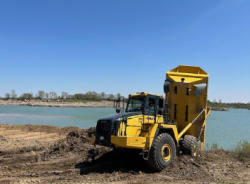
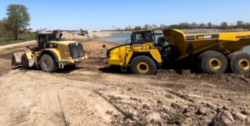
Deer Creek
Deer Creek conducted an emergency fire drill for their EAD. The local fire department brought out a fire extinguisher simulator and showed the crew the best Pull Aim Squeeze Pass (P.A.S.S.) technique for fighting a fire.
The crew learned if there is a fire at their fuel station the best thing to do is contain it and keep burnable things around it from catching fire and spreading.
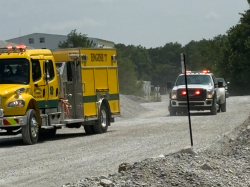
Delphi
Delphi’s EAD simulated a mock fire in the electrical closet behind the crew’s breakroom. The mock fire was simulated using a fog machine that could be remotely controlled.
The crew discovered their emergency meeting point sign needs to be relocated due to it being a high-traffic area and lacking strong lighting. Another idea was to have some kind of alert system like a siren or light to go off during emergencies.
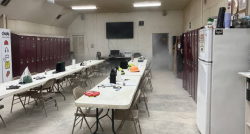
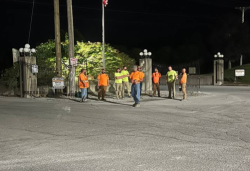
Flat Rock
Flat Rock’s EAD staged a crew member under a telehandler after a hose blew while greasing without properly blocking their forks. Within five minutes the crew members had arrived with a medical bag and AED.
The team will work on organizing medical bags and buying a third one to put in the shop as there is more risk of injury there.
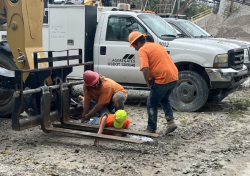
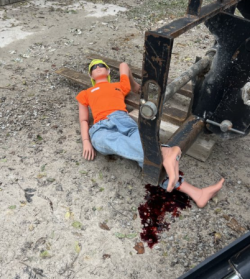
Lowell/Lowell East
Lowell/Lowell East simulated a crew member collapsing in a man lift in an elevated position for their EAD.
After the drill, the crew members were taught how to properly use the ground controls on the man lift during dangerous situations after the drill.
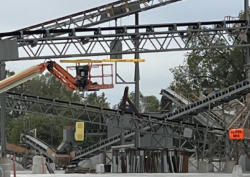
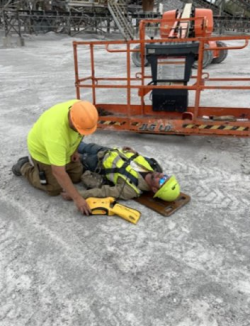
MCC
MCC worked with Deer Creek to simulate a severe weather tornado drill for their EAD. They also had on-site contractors join the drill.
In the future, the crew will ensure the first member to arrive at the tunnel will record the names of everyone entering. Once everyone arrives, one crew member should move throughout the site to check for any missing people.
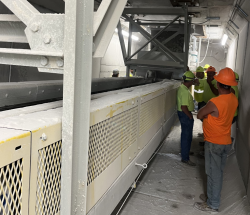
Monon
Monon’s EAD involved a crew member making repairs to a telehandler that caught on fire and burned his arm.
They learned the trauma bags needed to be updated as some did not have the correct items for a burn victim. Communication could also be clearer and improved in the future.
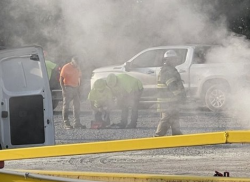
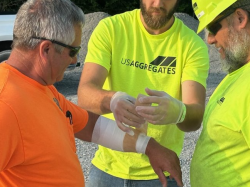
Portland
Portland’s EAD simulated a crew member falling from a high point in the fine grind and becoming unconscious.
Following the drill, the team reflected on the need to let the front office know to call EMS first. They also know the location of the victim must be described better so there is less confusion in the future.
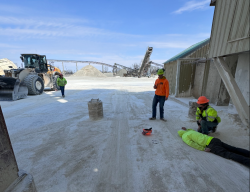

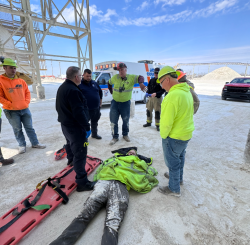
Richmond
Richmond’s EAD simulated a crew member fueling their loader at the end of their shift and falling in-between the elevated fueling station. The victim hit their head on the equipment and suffered a head injury.
The crew’s ability to communicate effectively and properly assign tasks during emergencies was noted as an area for improvement.
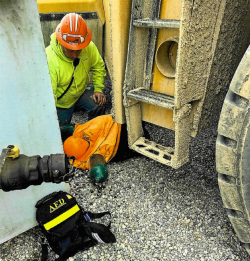
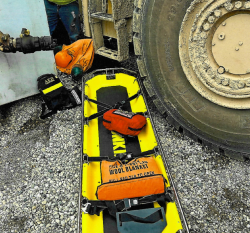
Ridgeville
Ridgeville’s EAD simulated a pit loader becoming unconscious in their cabin. The plant lead doing rounds found them and determined that the victim had a pulse but was unresponsive.
In the future the team will have some information about the victim prepared to give to 911 and check safety gear once a month for any damaged items.
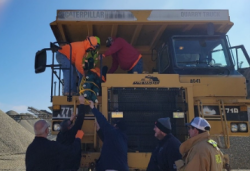
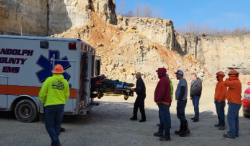
Thorntown
Thorntown’s EAD involved Sparks Tire to simulate a tire explosion that injured a crew member, and the team was shown how to properly handle the situation. The same situation played out in real life last year and luckily nobody was injured.
The crew learned that in emergencies they need to be aware of where they park as they had accidentally blocked the fastest route emergency vehicles would need to take.
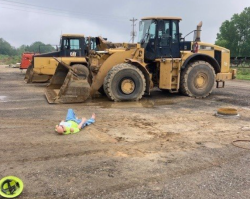
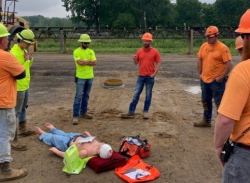
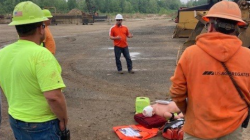
Special thank you to our first responders who took the time to support our team’s learning during these Emergency Action Drills (EAD). Your time and support help to further equip our team with the skills they need to save lives.


